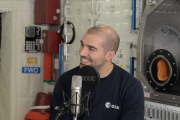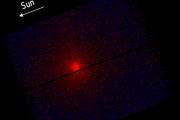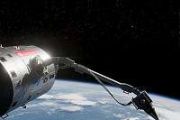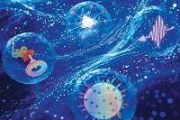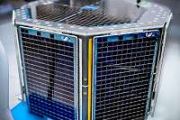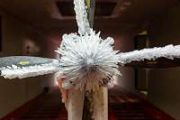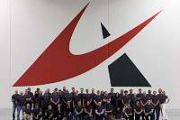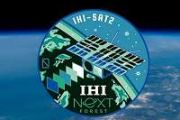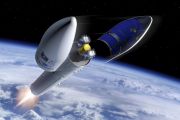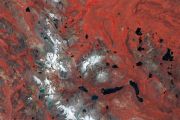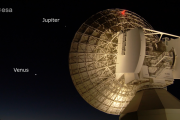
Copernical Team
Explainer: How Richard Branson will ride own rocket to space
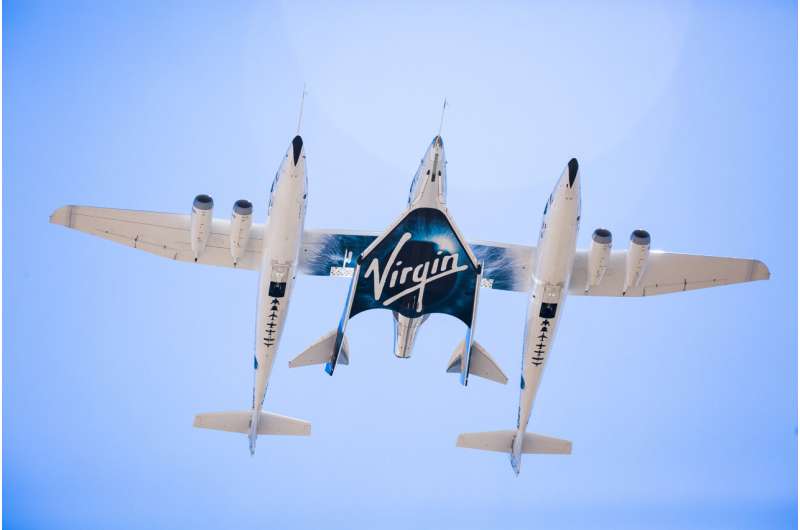
Virgin Galactic will become the first rocket company to launch the boss when Richard Branson straps into one of his sleek, shiny space planes this weekend.
The mystery of what causes Jupiter’s X-ray auroras is solved
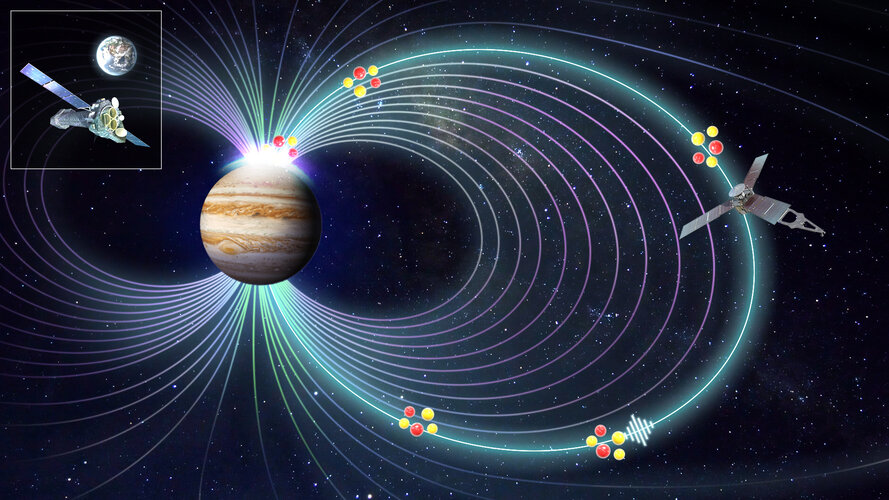
The 40-year-old mystery of what causes Jupiter’s X-ray auroras has been solved. For the first time, astronomers have seen the entire mechanism at work – and it could be a process occurring in many other parts of the Universe too.
Researchers have taught a drone to recognize and hunt down meteorites autonomously
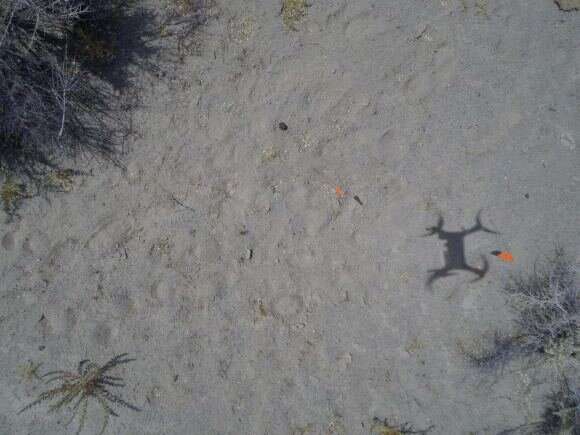
Planetary scientists estimate that each year, about 500 meteorites survive the fiery trip through Earth's atmosphere and fall to our planet's surface. Most are quite small, and less than 2% of them are ever recovered. While the majority of rocks from space may not be recoverable due to ending up in oceans or remote, inaccessible areas, other meteorite falls are just not witnessed or known about.
But new technology has upped the number known falls in recent years. Doppler radar has detected meteorite falls, as well as all-sky camera networks specifically on the lookout for meteors.
Rare meteorite could hold secrets to life on Earth
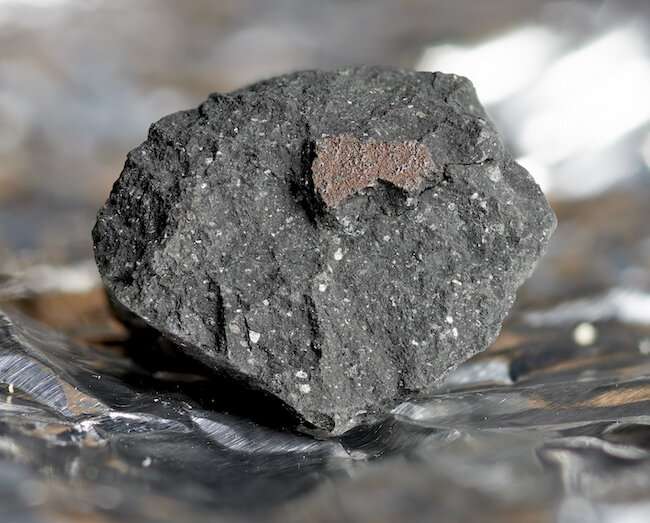
Scientists are set to uncover the secrets of a rare meteorite and possibly the origins of oceans and life on Earth, thanks to Science and Technology Facilities Council (STFC) funding.
Research carried out on the meteorite, which fell in the UK earlier this year, suggests that the space rock dates back to the beginning of the Solar System, 4.5 billion years ago.
The meteorite has now been officially classified, thanks in part to the STFC-funded studies on the sample.
The Winchcombe meteorite, aptly named after the Gloucestershire town where it landed, is an extremely rare type called a carbonaceous chondrite. It is a stony meteorite, rich in water and organic matter, which has retained its chemistry from the formation of the solar system. Initial analyses showing Winchcombe to be a member of the CM ("Mighei-like") group of carbonaceous chondrites have now been formally approved by the Meteoritical Society.
Image: Lunar hardware delivered to NASA Goddard
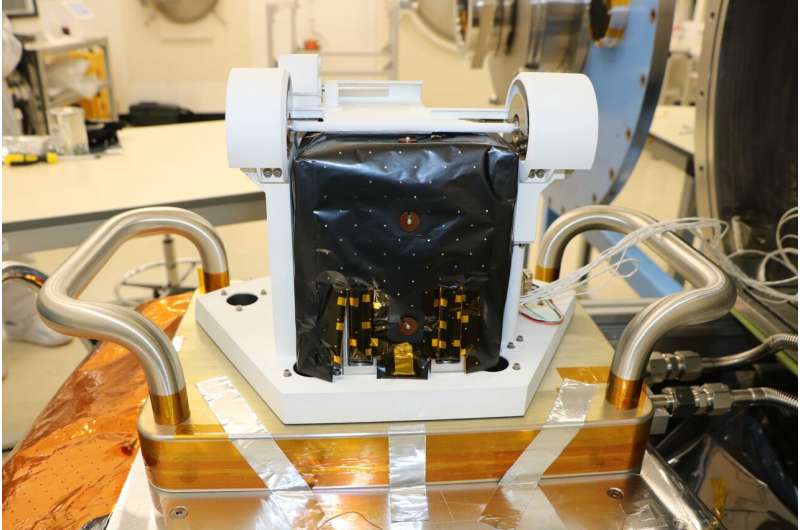
A new instrument that will fly to the moon has been delivered to NASA's Goddard Space Flight Center.
The Peregrine Ion-Trap Mass Spectrometer (PITMS), led by Principal Investigator Dr. Barbara Cohen at NASA Goddard, was built and tested in collaboration with the European Space Agency, The Open University and RAL Space in the United Kingdom, and delivered to NASA Goddard in late June.
The instrument will explore how water molecules, possibly created on the surface by the solar wind, are released and move around the moon as the lunar surface heats up during the sunny part of the lunar day.
PITMS will be delivered to the moon by Astrobotic, one of the companies under contract for NASA's Commercial Lunar Payload Services (CLPS) initiative. Commercial companies will deliver dozens of new instruments and technology experiments to the moon throughout NASA's Artemis program. Artemis missions include both robotic and human exploration on and around the moon that will prepare humanity for our next giant leap—sending astronauts to Mars.
Swarm yields new insight into animal migration
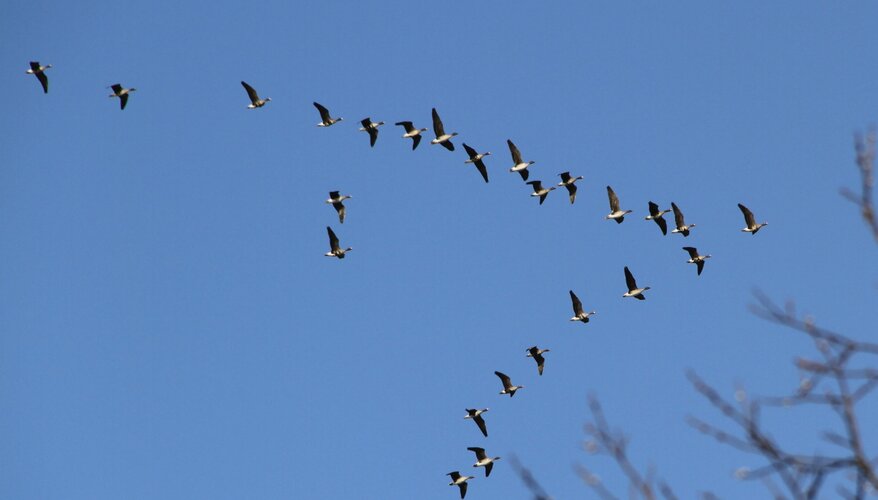
Using measurements from ESA’s Earth Explorer Swarm mission, scientists have developed a new tool that links the strength and direction of the magnetic field to the flight paths of migrating birds. This is a huge step forward to understanding how animals use Earth’s magnetic field to navigate vast distances.
FAA: New tool limits disruptions caused by space operations
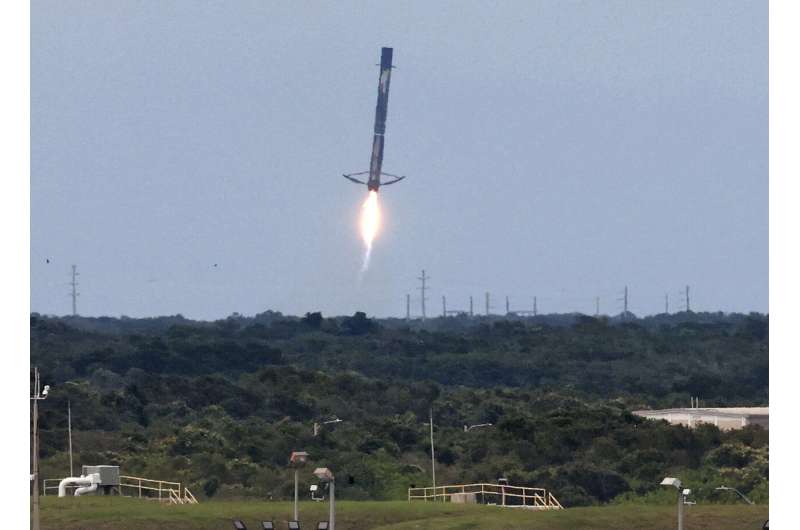
Space, the final frontier for billionaire Richard Branson
 As famous for his thrill-seeking lifestyle and publicity stunts as for his vast business empire, Richard Branson has set his sights on the stars as he prepares for liftoff on his first space flight.
Before this weekend's mission on Virgin Galactic's SpaceShipTwo Unity, the avowed Star Trek fan attributed his drive and taste for adventure to his mother Eve, who died from Covid in January.
As famous for his thrill-seeking lifestyle and publicity stunts as for his vast business empire, Richard Branson has set his sights on the stars as he prepares for liftoff on his first space flight.
Before this weekend's mission on Virgin Galactic's SpaceShipTwo Unity, the avowed Star Trek fan attributed his drive and taste for adventure to his mother Eve, who died from Covid in January. Final frontier: Billionaires Branson and Bezos bound for space
 Two vessels, two companies, with one goal: blasting their billionaire founders into space.
Richard Branson and Jeff Bezos launched Virgin Galactic and Blue Origin in the early 2000s, and now both men stand on the verge of lift-off themselves, mere days apart.
The result of both an overlap in the companies' development timelines and the pair's fierce rivalry, the launches mark a milestone
Two vessels, two companies, with one goal: blasting their billionaire founders into space.
Richard Branson and Jeff Bezos launched Virgin Galactic and Blue Origin in the early 2000s, and now both men stand on the verge of lift-off themselves, mere days apart.
The result of both an overlap in the companies' development timelines and the pair's fierce rivalry, the launches mark a milestone Virgin Galactic, Blue Origin face off in space tourism market
 The era of space tourism is set to soar, with highly symbolic flights by rivals Virgin Galactic and Blue Origin scheduled just days apart.
Virgin Galactic - founded by flamboyant British billionaire Richard Branson - is planning for a July 11 space flight. Blue Origin - started by Jeff Bezos of Amazon fame - is set to blast off on July 20.
The two companies will serve the nascent mar
The era of space tourism is set to soar, with highly symbolic flights by rivals Virgin Galactic and Blue Origin scheduled just days apart.
Virgin Galactic - founded by flamboyant British billionaire Richard Branson - is planning for a July 11 space flight. Blue Origin - started by Jeff Bezos of Amazon fame - is set to blast off on July 20.
The two companies will serve the nascent mar 





